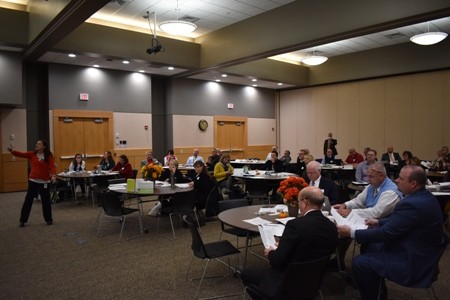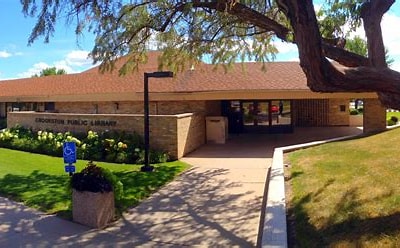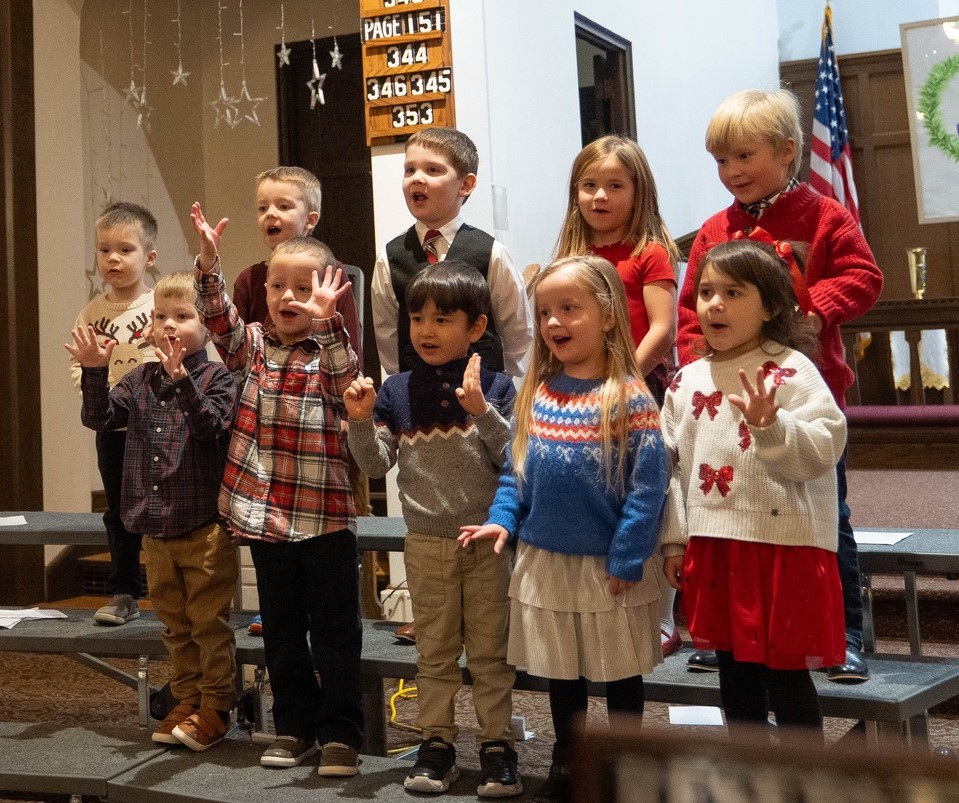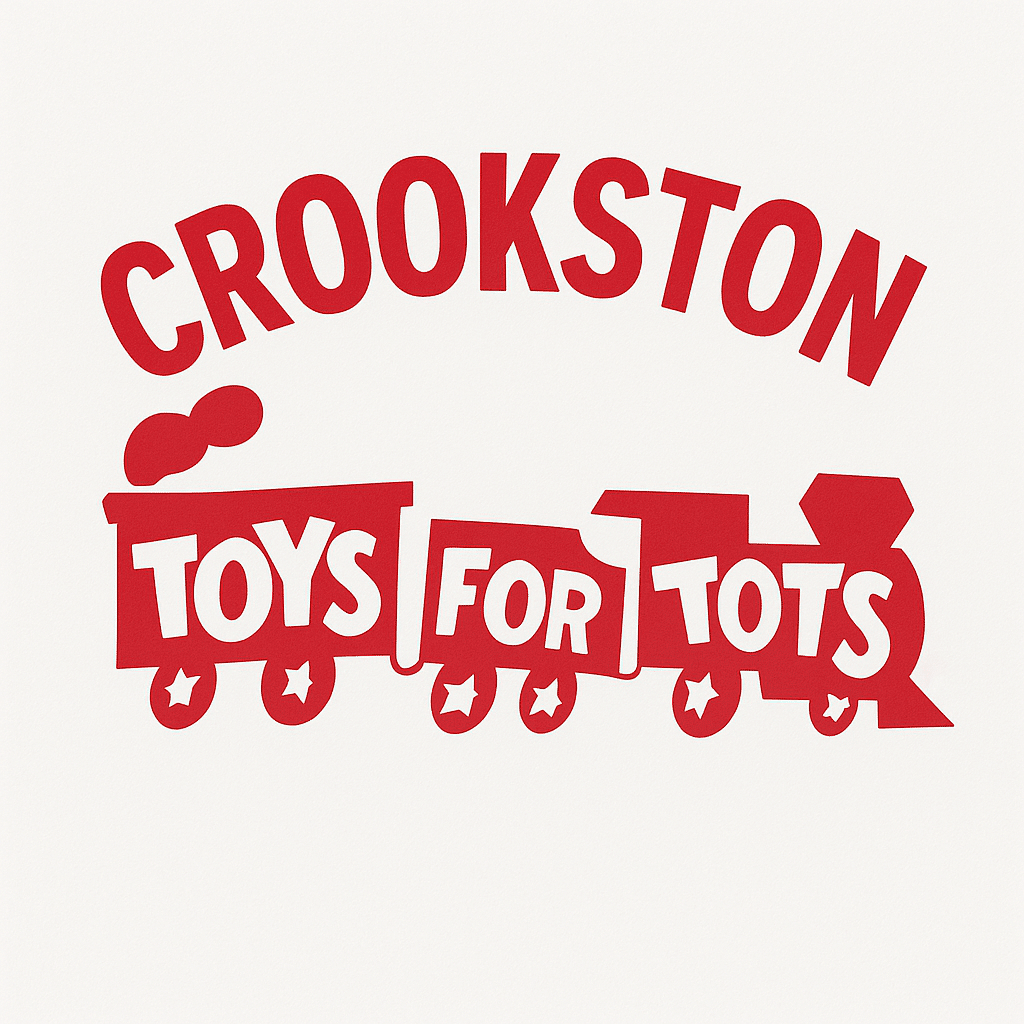The Northwest Minnesota Council of Collaborative’s, a coalition of public and private agencies in Kittson, Mahnomen, Marshall, Norman, Pennington, Polk and Red Lake counties, held their bi-annual meeting on Wednesday, October 17 at the University of Minnesota Crookston. The council is made up of more than 50 members including school districts, special education districts, social services, public health, mental health, primary care, law enforcement, corrections, community action, and county government, works together to improve the lives of families and children in northwest Minnesota. They accomplish this by coordination human and financial resources to maximize the efficiency and effectiveness of services offered by its members. The council also works with state and local legislators to meet the growing needs of more than 75,000 people in northwest Minnesota. The council pursues grant opportunities, analyzes data and trends to plan and enact their initiatives, which currently include county resource websites aimed at bringing various resources together in one convenient digital tool, rewriting the rural narrative, creating a pilot project to proactively connect children and families with resources and services that will help avoid more serious interventions in the future. The pilot project focuses on the family with youth in the Pre-K through 12th grade regardless of socioeconomic status, diagnosis or other eligibility criteria normally associated with these resources and programs.
Since the council was first formed in 2000, they have successfully administrated 12 grants in the region, and are currently working with three additional grants that together total an allocation exceeding $21.7 million. These grants include $6.7 million for safe schools and healthy students, addressing school safety, chemical health, violence prevention, early childhood development, and school-based mental health practices. The program Our Children Succeed addressed the mental health needs of children ages 0-18 through school-based social work, crisis intervention, consultation, and summer programming through a grant totaling $7.5 million. Other initiatives that have been funded through grants include:
PHYSICAL EDUCATION ($3.3 million) through the Carol M. White Physical Education Grant that addressed the physical and nutritional health of students in 21 school districts and the juvenile detention center. The council is currently waiting on approval for a third grant from the Carol M. White Physical Education Grant that would total another $1.735 million.
EARLY CHILDHOOD MENTAL HEALTH ($640,000) addressing the youth population ages 0 to 4, early childhood development and mental health.
CHILDREN’S CRISIS SERVICES ($400,000) focused on crisis response services for children and families with mental health needs.
EMERGENCY RESPONSE/CRISIS MANAGEMENT ($400,000) addressing school safety, physical assessments, law enforcement training, environmental assessments and school crisis plans in 20 school districts.
RESPITE CARE ($192,752) focused on respite care services for families in need.
E-HEALTH RECORD SYSTEM ($749,323) following the Minnesota Accountable Health Model, the grant implemented an electronic health record system to promote health and improve care coordination in Mahnomen, Norman and Polk counties and was subsequently expanded to include Kittson, Marshall, Pennington, and Red Lake counties.
COORDINATED CARE ($249,000) for the planning and implementation to coordinate service efforts, shared information and data management systems. Provides a more robust array of services for individuals in the juvenile justice or adult corrections systems. The focus of the initiative was to assure a more seamless transition from detention back into the community.
Wednesday’s bi-annual meeting covered a variety of topics, which included “Membership Dollars at Work,” an update on two grants the council is currently working with. “Working with LBGTQ+ Youth and Families in Rural Communities,” an interactive session for participants to gain a greater understanding of what children in this group think and feel, the lack of access to role models and safe spaces where youth can interact and develop relationships with other people who are like them and to gain insight into better policies and training. “Results of NW Minnesota Community Health Assessment” with Director of Polk County Public Health Sarah Reese. “Youth Homelessness Demonstration Grant,” that supports a wide range of housing interventions including rapid re-housing, permanent supportive housing, transitional housing, and host homes to help end youth homelessness.
The first topic, “Membership Dollars at Work,” detailed the efforts of two grants, “21st Century Community Learning Centers Grant” and the “Minnesota System of Care ‘Family Navigator’ Grant.” The learning centers grant, which is being used in four school districts, enhances regular instruction in the school with out-of-school-time programming. The grant is currently serving Waubun-Ogema-White Earth, Win-E-Mac, Fosston and Stephen-Argyle Central. The Family Navigator grant through the Minnesota System of Care will happen primarily in Ada and Win-E-Mac and will help families navigate existing resources and services. “We’ll have family partners in places as sort act as on ombudsman, cheerleader or coach,” explained Tri-Valley Opportunity Council CEO Jason Carlson. “We’re going to see how that improves outcomes for children with severe emotional disturbance or emotional health diagnosis.”
The biggest discussion of the day, centered on LBGTQ+ youth and families in rural communities, was led by Joe Rand, a University of Minnesota Extension Coordinator. “Joe Rand has done research on this youth community in a rural setting and his message of understanding and a common-sense approach to understand what a child who identifies as a member of that community is feeling really resonated,” said Carlson. “We talked a lot about pronouns and how if you use the wrong ones it can sort of be a ‘gut punch’ to a child who doesn’t identify in that way. It’s important to approach kids and their families with an open mind, take each situation case-by-case and being mindful things may not be as they always have been.” Support networks are different then they may be in an urban setting and some of the area school districts expressed interest in following up with Rand on how to bring this message to their staffs.
Sarah Reese from Polk County public health provided results of community health assessments in the member counties. Carlson said there was a lot of data that will take a while to digest but found it interesting the effects something like graduating on time can have on a variety of health concerns. “It’s amazing how graduating on time correlates with diabetes,” commented Carlson. “A lot of information got put out there and the slides were shared with the group and will take a little time to go through.”
The “Youth Homelessness Demonstration Grant” will bring $1.41 million to the area explained Carlson. “Most people think to hear homeless youth would say ‘are you kidding, is that a real thing in this area’ and I’m telling you it is,” said Carlson. “It’s not just youth living on the street, it’s living in unstable situations, doubling up and the grant defines youth up to age 24.” The program is funded by HUD and supports a wide range of housing interventions including rapid re-housing, permanent supportive housing, transitional housing and host homes.
Tags:



